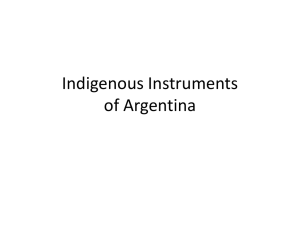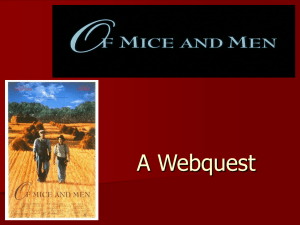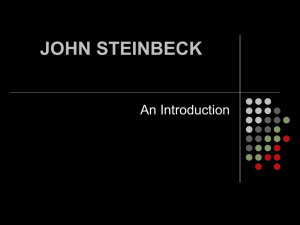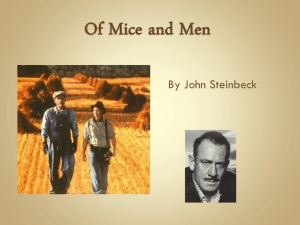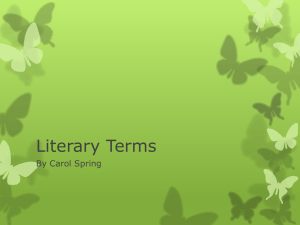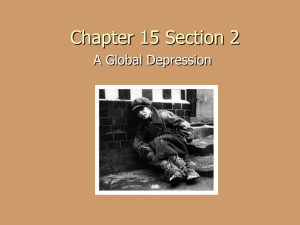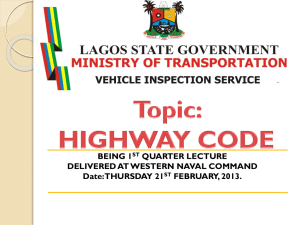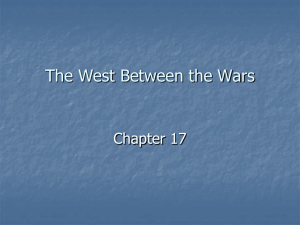Unit IV: Disillusion, Defiance, and Discontent
advertisement
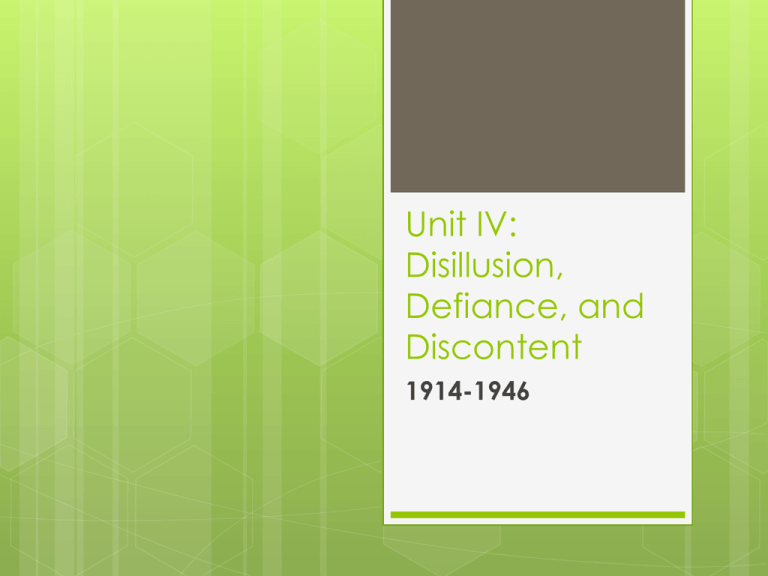
Unit IV: Disillusion, Defiance, and Discontent 1914-1946 “The Turtle” by John Steinbeck Read timeline p. 634-635 The story of the Times p. 636 – 642 John Steinbeck (1902-1968) No one captures what it was like to live through the Great Depression of the 1930’s than John Steinbeck Born in Salinas, California…drifted across the country 1937 widespread recognition of Of Mice and Men “The Turtle” by John Steinbeck “The Turtle” is the excerpt from the opening pages of the novel The Grapes of Wrath He wrote this in 1939 1947 The Pearl This story is a brief episode in a turtle’s life and conveys an important theme or insight into life and revealed indirectly through characters comments, actions or events in the plot “The Turtle” by John Steinbeck “ The Little Engine that Could” has two levels here: A. A highly detailed and literal account of a turtle’s efforts to cross the road B. A thematic statement about the human struggles of the Great Depression ***The Great Depression of the 1930’s was a time of unparalleled financial hardship **1932 at least 12 million Americans were out of work “The Turtle” by John Steinbeck One of many factors that contributed to the depression was a massive drought in Oklahoma Farmlands literally blew away in massive dust storms…some lasted several days Farmers fled the land for the city to find relief away from nature’s failure This is the situation faced by the Joad family, who are repelled by a commercial world that cares nothing for them “The Turtle” by John Steinbeck This story proclaims the virtues of persistence and commitment A character can achieve a difficult goal through steady effort and flexibility Will the effort increase your admiration for the dogged effort? The turtle is rebuffed by 1. the landscape 2. speeding cars ***its response is to take another path ***symbolizes that nature and people adapt to environment “The Turtle” by John Steinbeck Steinbeck describes the first paragraph of the highway and what is lying beside and on it Most important are the seeds that are potential in life, but need “appliance of dispersal” or things like wind to make them blow to other areas, and they are “appliances of activity” meaning that once they move to something else, they can become active (in dog’s fur) etc. “The Turtle” by John Steinbeck What can be inferred of the turtle’s character by the description of his struggle? 1. 2. 3. 4. Turtle is persistent Turtle is inspired by adversity Turtle is determined to climb that embankment, no matter what Once on the highway, needed to get across the hot highway! “The Turtle” by John Steinbeck The turtle achieved ultimate success through persistence The seeds that he took with him at the start of his journey have crossed the road with him and have been planted with dirt over them from his dragging and crawling Turtle’s actual obstacles: Embankment 3. Hot highway 1. 2. parapet 4. traffic “The Turtle” by John Steinbeck The turtle was missed by the first sedan, but flipped by the light truck The turtle righted itself and proceeded across and down the embankment on the other side The wild oat head seed is planted The turtle persistently works toward his goal because he knows no other way Crossing the road demonstrates the dangers of the more modern world “The Turtle” by John Steinbeck Turtle is wise to go to a more natural setting for himself How does the turtle overcome each obstacle? Life presents many challenges and still people persevere Wild oat seed represents potential lie; without help it can not succeed. The turtle’s struggle allows it to be planted and therefore succeed. “The Turtle” by John Steinbeck Larger theme: success through struggles and the help of others Setting: dry desert and highway area This theme is not stated directly as most are not, but implied though the story



